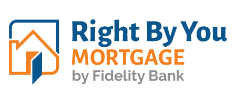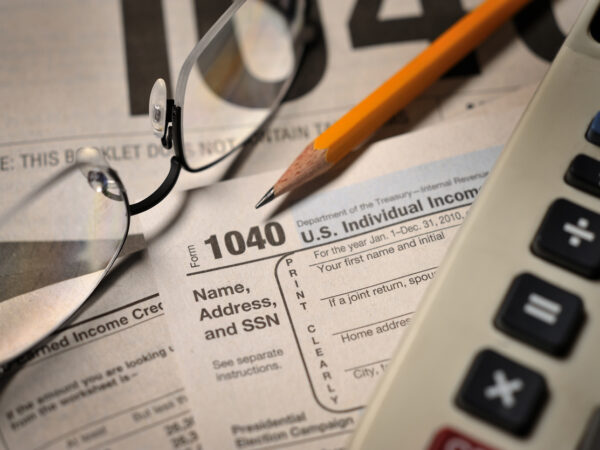Making your mortgage payment every month is a lot like paying any other bill. Since your mortgage is probably much larger than your other bills, it’s useful to know what’s included in your payment. Typical mortgage payments include at least principal and interest, but may include additional items, like mortgage insurance or taxes and insurance.
Principal and Interest
Principal and interest, or P&I, normally makes up the largest portion of your mortgage payment. The principal portion of your payment is the amount that goes toward paying down your loan balance. The interest portion is what you agreed to pay your lender to get the loan, which is based on the interest rate you received. If you have an adjustable-rate mortgage, the interest rate will normally be fixed for a specific period of time but could vary after that. Once your rate starts to adjust, your payment could go up or down based on movement in the market. If you get a fixed-rate mortgage, the sum of your P&I stays the same until your loan is paid off.
Mortgage Insurance
If you made a down payment that was less than 20% of your home’s price, you’ll normally have to pay mortgage insurance (MI), which also goes into your mortgage payment. The costs for MI can vary based on your unique situation. If you aren’t sure if your payment includes MI, check your mortgage statement or your Closing Disclosure. Both of those documents should have the amount you pay itemized.
The good news is that once you feel like you have gained 20%-25% equity (the difference between how much you owe your lender and how much your home is worth) in your home, you may be able to remove this from your monthly payment by reaching out to your lender. So, just because this is in your payment now, doesn’t mean that it will need to be in your payment forever.
Taxes & Insurance
All property owners pay property taxes, which ultimately goes to local government entities to pay for roads, schools, police and fire services, and other items. The amount of tax you’ll pay is based on your home’s assessed value, where you live, and local taxing entities. The amount can change year by year, and typically goes up as your home increases in value.
You’ll also need to have your home insured with a Homeowners Insurance policy, which protects you and your lender in case your home is damaged or destroyed. The amount of insurance you are required to get depends on a number of factors, such as the size and value of your home. Depending on where you live, you may need extra insurance for damage created by natural disasters, like floods or earthquakes.
Understanding Escrow
Most homeowners pay for taxes and insurance as part of their mortgage payment through what is called an escrow account. An escrow account takes the amount of taxes and insurance you owe each year and breaks it into 12 payments that are added to your mortgage statement. Your lender or mortgage servicer then makes your tax and insurance payments for you when those bills become due.
You’ll be required to have an escrow account if your loan is guaranteed or insured by the federal government, such as an FHA or VA loan. Your lender may require it, too, depending on the type of loan you get and how much of a down payment you make.
For most people, however, an escrow account is a good idea. It means you don’t have to worry about whether your bills are being paid on time, which reduces the risk of late fees or a lien against your home. If your taxes and insurance increase to more than the funds in your escrow account, your lender will usually pay these costs and increase your mortgage payment later to make up the difference.
If you have any questions about what goes into your mortgage payment, one of our local Right By You Mortgage experts would be happy to help. Please give us a call at 1-877-552-2242 or contact us at inquiries@rightbyyoumortgage.com.









